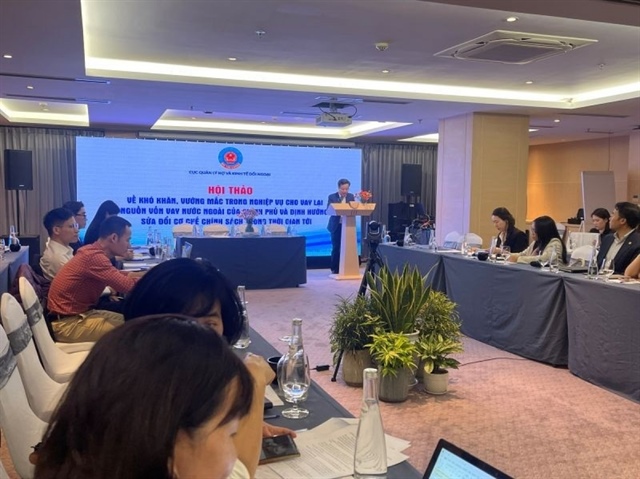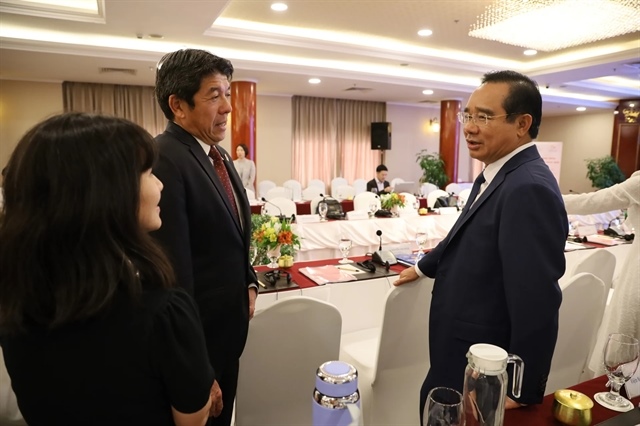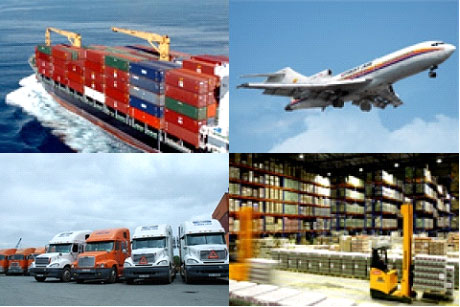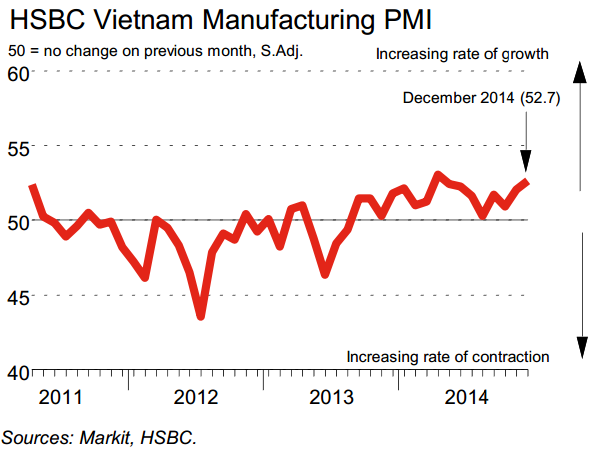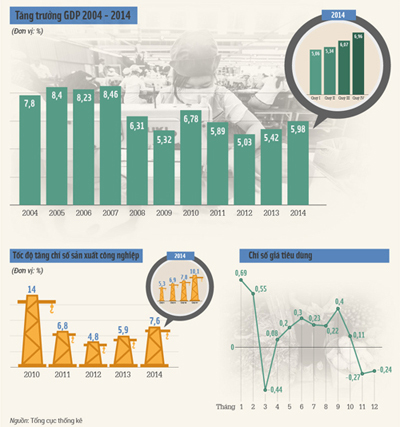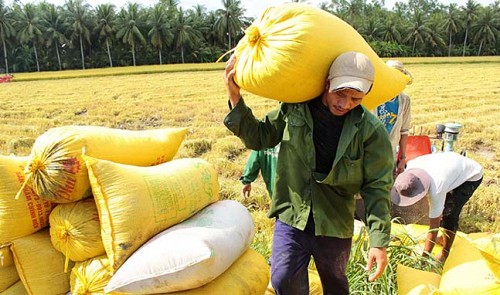Officials downplay concerns foreign goods will flood market
Officials downplay concerns foreign goods will flood market
The ASEAN Trade in Goods Agreement (ATIGA) is a free trade and investment agreement that has provided investors with a unique set of guarantees designed to stimulate foreign direct investment and the movement of factories within the Asian region.
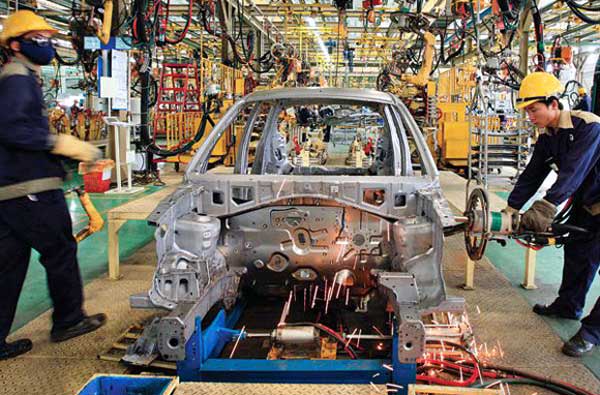
It has increased ASEAN’s competitive edge as a production base in the world market primarily through the elimination, within ASEAN, of tariffs and non-tariff barriers.
The primary mechanism for achieving such goals has been the Common Effective Preferential Tariff scheme, which established a phased schedule starting in 1992 with the goal to increase the region’s competitive advantage as a production base geared for the world market.
Now with the final phase of the tariffs phase-out set for January 1, 2015 many are having buyer’s remorse amid last minute concerns that foreign ASEAN goods and services may flood the domestic market, leading to a glut and threaten the economic stability of the domestic retail market.
However, Vietnam senior government officials have moved to quell the anxiety as it is not a justifiable concern. In fact, the reduction of tariffs under the ASEAN Free Trade Agreement (FTA) have been taking place since 1999, they point out, which has resulted in tremendous benefits for economic growth in Vietnam.
Nguyen Thi Bich, head of the Ministry of Finance's International Cooperation Department said that foreign ASEAN goods would not dominate the domestic market in spite of tariff reductions because the nation had been following a schedule for a step-by-step cutting of tariffs under the ASEAN FTA over the past 15 years.
In the 2012-2014 period, Vietnam cut 7,000 tax lines to zero % and 2,000 tax lines to 5%.
Sharpening competitiveness of Vietnamese goods
Ms Bich said several local goods have demonstrated that they can effectively compete head on with ASEAN goods, particularly in such industries as computers, electronics and components, and plastics.
Vietnam’s exports to ASEAN over the past three years have steadily increased, principally from exports generated by foreign-invested enterprises (FIEs) amidst a downward trend in the import market.
Some people have also expressed unwarranted concerns that goods from other nations such as China would somehow circumvent the ATIGA and find their way to the Vietnamese market through third party ASEAN nations.
To counter this potentiality, Ms Bich noted that in order to enjoy preferential tariffs under ATIGA, goods trading within ASEAN bloc should meet requirements for the rule of origin with regional value content accounting for at least 40% and the Certificate of Origin (Form D) from ASEAN.
Meanwhile, the Vietnam Pulp and Paper Association (VPPA), says it has no concerns at all about any negative fallout from the upcoming reduction in tariffs in January. On the one hand, VPPA General Secretary Vu Ngoc Bao said paper products have special characteristics that cannot be easily replicated or substituted for less inferior alternatives..
On the other hand, customer goodwill and product loyalty would dictate that customers have been using Vietnamese products for a long time and are not likely to change overnight. In addition, price is only one component of competitiveness. Quality and timeliness are also Vietnam’s competitive strengths.
Integration and competition are vital
The Vietnamese Government has implemented a protectionism policy on its domestic automobile industry with a national strategy to build a sector able to compete with other regional nations. . The import tax rates on completely-built-units (CPUs) have been maintained between 100% and 150% over the past two decades to protect the domestic automobile sector.
With the implementation of ATIGA commitments, automobile import tax rates have been reduced by 70% in 2012, 50% in 2014 and zero% in 2018.
VAMA proposed the Government should finalize a roadmap for cut down import tax rates as 2018 is an important year for Vietnam to integrate into ASEAN and there are only three years ahead.
Echoing the viewpoint on sharpening competitiveness in the international integration process, Ms Bao emphad the urgent need to boost integration which will help enhance businesses’ competitive edge in a new context.
Nguyen Van Sua, Vietnam Steel Association (VSA) Vice Chairman stressed the participation in FTAs is an inevitable trend and Vietnamese businesses should adhere to all common regulations under the FTAs and utilize advantages to move forward in the future.




